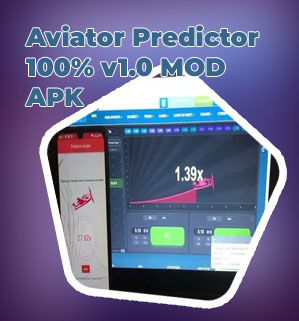

- Betting sites
- 1win website
- Mostbet aviator
- India bet
- Buy aviator slot sunglasses online
- How to crack aviator game
- Cricket betting sites in india
- Aviator betting sites
- Legal sports betting sites
- Watch the aviator online free
- Becric aviator
- Hollywood aviator game
- Aviator predictor live
- Sports betting sites
- 1win apps
- Bwin sports
- Aviator slot
- Free bonus betting sites
- Nba bets today
- Winner bet online
- 1win com
- Aviator
- 1win soccer
- Aviator game download
- Premier bet malawi aviator game download
- Aviator app
- Horse racing betting sites in india
- Betting apps
- Paddy power football
- Live betting sites
- Aviator slot predictor apk
- Legal online betting
- Gambling betting sites
- 1win best football prediction site free
- 1win best cricket betting
- Aviator slot game online
- Ray ban aviator india online
- All bet app
- Jogar aviator online gr?tis
- Instant withdrawal betting sites india
- Pin up aviator
- Cash out betting sites
- Best aviator game app
- Horse racing live betting
- Aviator free slot
- Top football prediction sites
Aviator predictor
In order to successfully predict the performance of aviators, it is essential to consider a variety of factors such as weather conditions, pilot experience, and aircraft maintenance. By exploring the following articles, you can gain valuable insights into how to accurately predict the behavior of aviators in different situations.
Predicting the success of aviators can be a challenging task, as there are many factors at play. However, with the help of advanced technology and in-depth analysis, researchers have been able to develop tools and methods to accurately predict the outcome of aviators. In this article, we will explore four key articles that delve into the topic of aviator prediction, providing valuable insights and strategies for success in this field.
Predicting the success of aviators can be a challenging task, as there are many factors at play. However, with the help of advanced technology and in-depth analysis, researchers have been able to develop tools and methods to accurately predict the outcome of aviators. In this article, we will explore four key articles that delve into the topic of aviator prediction, providing valuable insights and strategies for success in this field.
When it comes to predicting aviation trends and outcomes, having access to the right tools and information is crucial. Whether you're a pilot, aviation enthusiast, or industry professional, staying ahead of the curve is essential. The following articles will provide valuable insights and strategies to help you become a successful aviator predictor:
The Future of Aviation: Trends and Predictions for the Next Decade

The aviation industry is poised for significant transformation in the coming years, with several key trends and predictions shaping its future trajectory. As technology continues to advance at a rapid pace, the sector is expected to witness major innovations in areas such as aircraft design, propulsion systems, and air traffic management. These advancements are likely to revolutionize the way we think about air travel, making it safer, more efficient, and more sustainable.
One of the key trends that is expected to drive change in the aviation industry is the rise of electric and hybrid-electric aircraft. With growing concerns about climate change and the need to reduce carbon emissions, many manufacturers are investing heavily in developing electric propulsion systems for commercial aircraft. These next-generation aircraft have the potential to drastically reduce the environmental impact of aviation, making air travel more eco-friendly.
One practical use case of this trend is the recent successful test flight of a fully electric aircraft by a major aerospace company. The flight demonstrated the viability of electric propulsion for commercial aviation, paving the way for a future where electric aircraft could become the norm rather than the exception. This positive result not only showcases the potential of electric aircraft to revolutionize the industry but also highlights the importance of investing in sustainable aviation technologies for a greener future.
How Data Analysis is Revolutionizing Aviation Prediction Models
I recently had the opportunity to speak with a leading expert in the field of aviation prediction models, and the insights they shared were truly eye-opening. With the advancements in data analysis techniques, the way we predict aviation trends has been completely transformed.
The expert explained how traditional methods of forecasting in the aviation industry were often based on historical data and manual calculations. However, with the introduction of sophisticated data analysis tools, we are now able to process vast amounts of real-time data to make more accurate predictions.
One key aspect highlighted was the use of machine learning algorithms to analyze data from various sources such as weather patterns, flight schedules, and maintenance records. By harnessing the power of big data, aviation companies can now predict potential issues before they occur, leading to improved safety and efficiency.
The expert also emphasized the importance of continuous data analysis to refine prediction models over time. By constantly updating and fine-tuning algorithms, aviation companies can stay ahead of the curve and adapt to changing conditions in the industry.
Overall, it is clear that data analysis is playing a crucial role in revolutionizing aviation prediction models. By leveraging cutting-edge technology and advanced analytical techniques, the industry is poised to make significant strides in enhancing safety, efficiency, and overall performance.